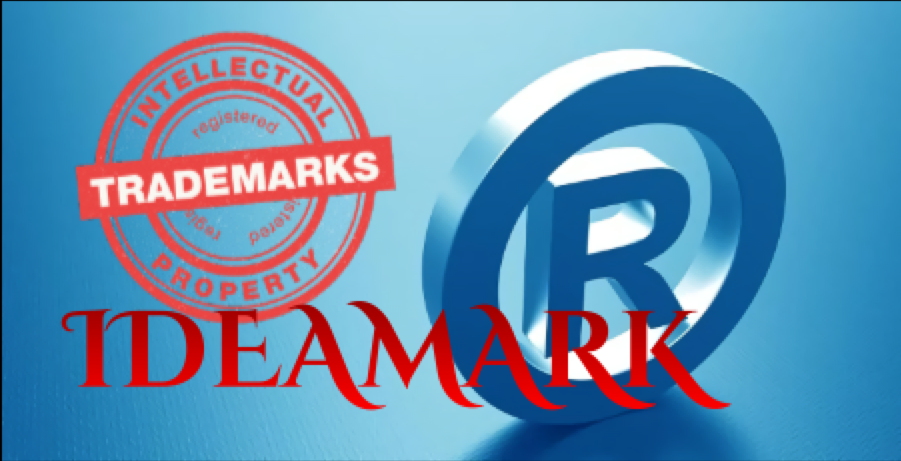How to use trade marks to avoid them becoming ‘generic’
A generic trademark is a trademark which has come to be used to describe all similar products, rather than the product of a specific manufacturer. Some well known examples of generic trademarks include KLEENEX, BAND-AID, CROCK POT, HOOVER, BIRO and ROLLERBLADE. All of these names are used generically to describe particular products, despite the fact that they were once trademarked, and in some cases still are trademarked.
The process through which a trademark becomes generic is sometimes called ‘trademark dilution’. Most companies want to avoid this, as it weakens the power of their product in the market. For example, because the term “band-aid” has become generic, the company which makes Band-Aid brand bandages may lose customers to other companies which use the company's trademark. A trademark that has become generic can kill a company's profits if it is not dealt with.
There are several ways in which a trademark can become generic. Commonly, a company captures the market for the product, as was the case with Rollerblade Incorporated, which dominated the inline skate industry from the start, leading many people to buy Rollerblade products. Companies can also accidentally weaken their products through viral marketing or poorly worded advertising, allowing other companies to take advantage of their widespread marketing campaigns to promote their own products.
Owners of well known brands are on constant alert to ensure that their brands do not become ‘genericized’ in this manner. While we may sometimes use words such as KLEENEX, BAND-AID, CROCK POT, HOOVER, BIRO and ROLLERBLADE in a generic way, the owners of those brands do their upmost to educate the public that they are in fact proprietary brands that only identify the goods of one trader.
You Should:
Enforce correct grammatical usage. A trademark is meant to be used as an adjective; unfortunately, it is often compromised by being used as a noun or a verb.
Make sure to use the product’s generic name with the trademark. If the mark is an adjective, the generic name of the product is the noun. The owner should use the generic name of the product in association with the trademark (e.g., APPLE computers, XEROX photocopies, EXXON gasoline). A successful example of warding off trademark genericide is the campaign conducted by Xerox Corporation to encourage users to refer to “photocopying” documents, not “Xeroxing” documents.
Have the trademark stand out from surrounding text. Consumers should be able to easily distinguish between trademark terms and generic product names or descriptive text in product labels or in advertising.
Use a trademark notice. It is important to provide public notice of trademark rights for registered and unregistered marks alike. The use of ® with a registered trademark, and ™ to indicate the significance of a trademark is an effective, but commonly missed, opportunity.
Avoid all variations. Variations on a trademark can signal to the consuming public that improper usage is okay. It is not prudent to allow spelling changes, abbreviations, plurals, or apostrophes with the trademark, or to combine it with other words or marks.
What follows is a useful ongoing check list for brand owners to protect their valuable brands against ‘genericization’.
1. The brand should be followed by a generic term i.e. the common descriptive name of the product or service – if there isn’t one yet, you need to make one up.
![]() This packet contains 24 BAND-AIDs
This packet contains 24 BAND-AIDs![]() This packet contains 24 BAND-AID™ adhesive bandages
This packet contains 24 BAND-AID™ adhesive bandages
2. The brand should be distinguished from its surrounding text e.g. initial capital letter, capitalized, different font or different colour.
![]() Use your lego to build these objects
Use your lego to build these objects ![]() Use your LEGO® building blocks to build these objects
Use your LEGO® building blocks to build these objects
3. Use the brand in the form in which it is registered and do not modify it or use it in a plural or possessive form.
![]() This packet contains 24 TEXTAS
This packet contains 24 TEXTAS![]() This packet contains 24 TEXTA™ markers
This packet contains 24 TEXTA™ markers
4. Use ® if the brand is registered in Australia or ™ if it is an unregistered brand, at least the first time the brand appears in the text or packaging. ™ can be used for either registered or unregistered brands.
Use AA batteries for your WALKMAN® personal audio player
5. The brand should not be used as a verb.
![]() Rollerblading is a fun way to get fit
Rollerblading is a fun way to get fit ![]() Using your ROLLERBLADE™ in-line skates is a fun way to get fit
Using your ROLLERBLADE™ in-line skates is a fun way to get fit
